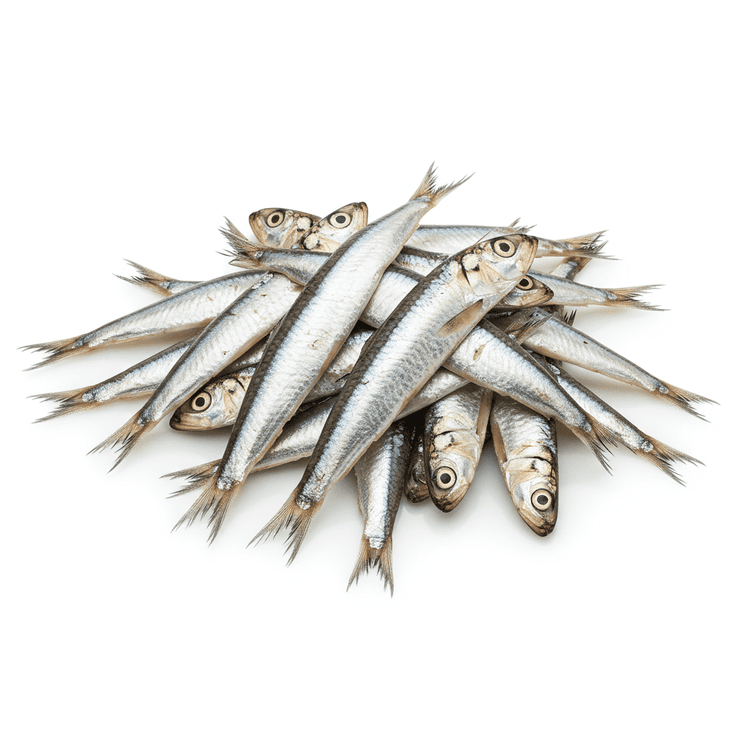
Bonito
Bonito is a type of fish commonly used in Japanese cuisine, prized for its rich umami flavor and firm texture. It is often dried, fermented, and shaved into thin flakes, known as katsuobushi, which are a staple ingredient in making dashi broth. Bonito has a smoky, savory taste and a light, flaky appearance when processed, making it a versatile addition to soups, sauces, and seasonings. Its deep flavor profile and nutritional value make it a favorite among chefs and home cooks seeking authentic Japanese flavors.
Common Uses
- Used to make dashi, a traditional Japanese soup stock that serves as the base for miso soup, noodle broths, and other dishes.
- Sprinkled as a topping on dishes like okonomiyaki, takoyaki, or rice bowls for added flavor and visual appeal.
- Incorporated into sauces or marinades to enhance the umami profile of grilled meats or vegetables.
- Added to stir-fries or sautéed dishes for a smoky, savory depth of flavor.
- Used as a seasoning in furikake, a Japanese rice topping blend, for a quick and flavorful meal enhancement.
Nutrition (per serving)
Nutrition (per serving)
Calories
116.0kcal (5.8%)
Protein
25.0g (50%)
Carbs
0.0g
Sugars
0.0g
Healthy Fat
0.9g
Unhealthy Fat
0.3g
% Daily Value based on a 2000 calorie diet
Nutrition (per serving)
Calories
116.0kcal (5.8%)
Protein
25.0g (50%)
Carbs
0.0g
Sugars
0.0g
Healthy Fat
0.9g
Unhealthy Fat
0.3g
% Daily Value based on a 2000 calorie diet
Health Benefits
- Bonito is a rich source of protein, making it a great addition to meals for those looking to support muscle growth and repair.
- It contains omega-3 fatty acids, which are known for their role in promoting heart health and supporting brain function.
- Bonito is often used in Japanese cuisine to make dashi, a flavorful broth that enhances soups, sauces, and marinades.
- It is low in calories and fat, making it a popular choice for those following weight-conscious diets.
- Bonito flakes, or katsuobushi, are packed with umami flavor, adding depth and complexity to dishes.
- It provides essential vitamins and minerals, such as B vitamins and selenium, which contribute to overall wellness.
Substitutes
Chefadora AI is here.
Experience smarter, stress-free cooking.
Storage Tips
Bonito flakes should be stored in an airtight container in a cool, dry place away from direct sunlight to maintain their flavor and texture. If unopened, they can be kept at room temperature. Once opened, refrigerate them to extend their shelf life, and use them within a few weeks for the best taste. For long-term storage, freezing is an option, but ensure they are well-sealed to prevent moisture absorption.
Marnirni-apinthi Building, Lot Fourteen,
North Terrace, Adelaide, South Australia, 5000
Australia





